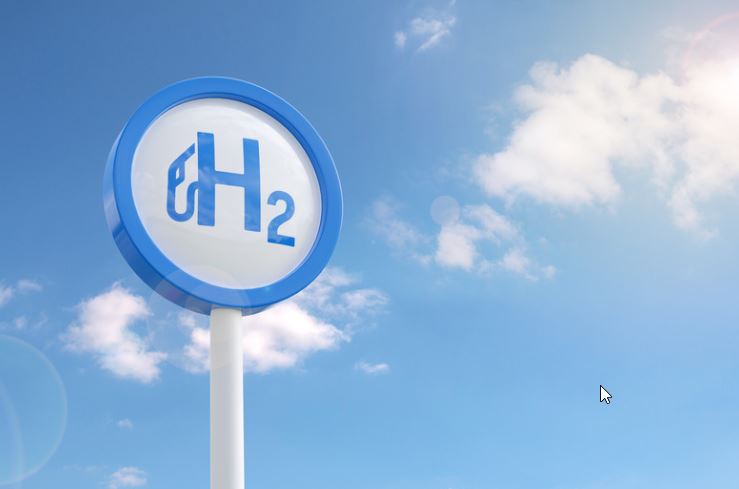The opening of Europe’s most powerful hydrogen refuelling station in Düsseldorf, with a daily capacity of 5 tonnes, marks a new phase in Germany’s effort to scale hydrogen mobility.
Operated by H2 MOBILITY in partnership with Rheinbahn and Stadtwerke Düsseldorf, the station at Höherweg is strategically sited near the Lierenfeld depot to directly support the city’s growing hydrogen bus fleet. With 20 fuel cell buses already in operation and more on order, the site is tailored for high-throughput use, offering simultaneous refuelling for up to three vehicles, including buses, trucks, vans, and passenger cars.
The core value proposition of the Düsseldorf station lies in its high-pressure, high-capacity design. With dispensers at 350, 500, and 700 bar, it is built to meet the operational rhythms of heavy-duty logistics—where vehicle downtimes must be minimal and fuelling infrastructure must handle large-volume throughput. First-generation hydrogen stations in Germany typically offer less than 1 tonne/day capacity, often limited to passenger vehicles.
However, even with fivefold throughput, one station cannot solve the infrastructure deficit faced by long-haul operators. A single 40-tonne truck with a 40 kg hydrogen tank can require up to 30 kg per refuel, meaning that a high-use logistics fleet can quickly saturate local station capacity. According to a Fraunhofer ISI report, Germany would need at least 250 high-capacity refuelling points by 2030 to meet projected hydrogen truck adoption targets.
The Düsseldorf station’s supply model reflects an emerging shift toward local, circular hydrogen ecosystems. Initially reliant on certified renewable hydrogen (RFNBO), the station will, starting in 2026, receive fuel from a 2 MW electrolyzer powered by biogenic waste energy from Düsseldorf’s municipal waste plant.
While this transition strengthens supply traceability and carbon performance, 2 MW equates to only about 0.8 tonnes of hydrogen production per day at high electrolyser utilisation rates. Given the station’s 5-tonne daily design capacity, a substantial share of its hydrogen will still need to be trucked in—introducing both logistical cost and carbon leakage unless supply chains are similarly decarbonised.
The Höherweg station received €4.3 million in public funding—€3.1 million for the station and €1.2 million for the electrolyser—through the National Hydrogen and Fuel Cell Technology Innovation Programme (NIP2). Coordinated by NOW GmbH and implemented by PtJ with backing from the Federal Ministry for Transport, NIP2 is central to Germany’s push for applied hydrogen mobility.
Stay updated on the latest in energy! Follow us on LinkedIn, Facebook, and X for real-time news and insights. Don’t miss out on exclusive interviews and webinars—subscribe to our YouTube channel today! Join our community and be part of the conversation shaping the future of energy.





